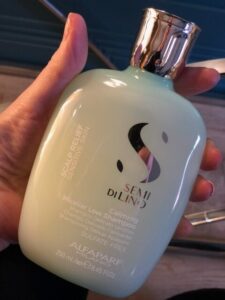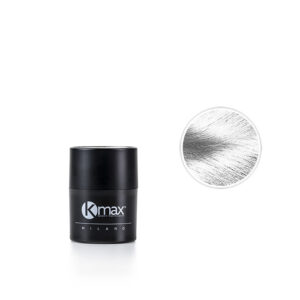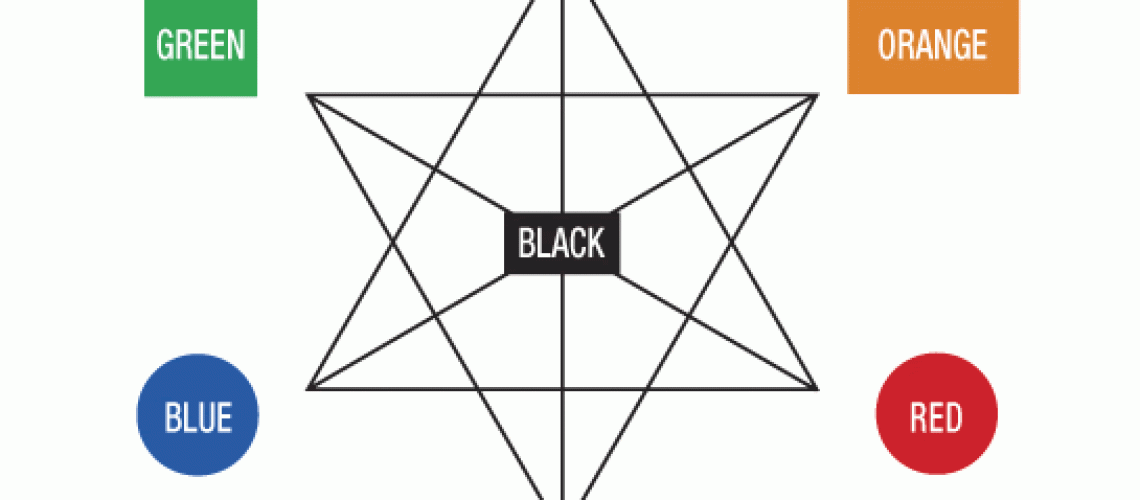Pigments
All hair color, natural or artificial, are the result of the combination of the three primary colors: red, yellow, blue.
Of these colors, blue is considered a cold color, while red and yellow are considered warm colors. Mixing in equal parts the primary colors, we obtain the secondary colors: green, violet, orange
|
blue + yellow = green |
|
|
+ |
|
= |
|
|
blue + red = violet |
|
|
+ |
|
= |
|
|
red + yellow = orange |
|
|
+ |
|
= |
|
The combination in equal parts of the primary with the secondary colors gives in result: the tertiary colors :
blue + green = blue-green
blue + violet = blue-violet
red + orange = red-orange
red + violet = red-violet
yellow + orange = yellow-orange
yellow + green = yellow-green
Ostwald Chart 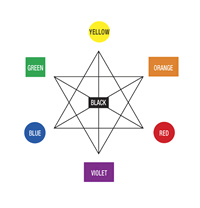
The Ostwald chart is a tool which allows to put in evidence:
– the primary colors and ones obtained with the several combination, the secondary
– the capability of each color to neutralize another color; the secondary colors are opposite to the primary color that doesn’t form it. (and vice versa).
The principle of neutralizing is very important while formulating the color and also during corrective coloring. For example, if the applied color results to be too gold after rinsing, we should use a combination of a color with a blue base to neutralize the excess warm tones.
In case we have an equal quantity of warm and cold tones, there will be a neutral tone. For example, when neutral colors are desired, if the hair has a cold tone, we should add warm tones to balance , and vice versa.
Newton Circle 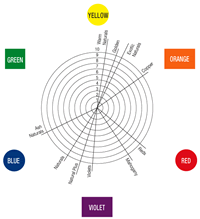
The entire range of z.one color the new attitude can be represented on the Newton Circle so to visualize the composition of pigments per each color.
Porous hair absorbs liquids faster than virgin hair and at the same time hold a greater quantity of liquids.
In the specific case of coloring pigment, porous hair will accept it faster, becoming darker and cold with a tendency of refusing warm tones. Therefore, to obtain perfect coloring results it is necessary to do a perfect diagnose to evaluate the hair status










